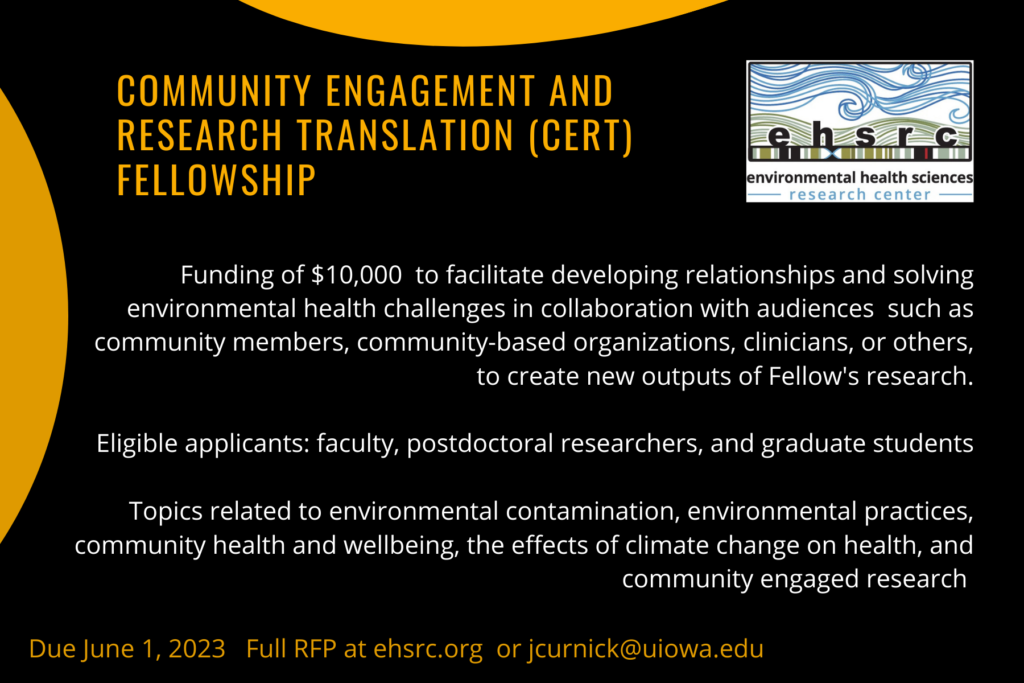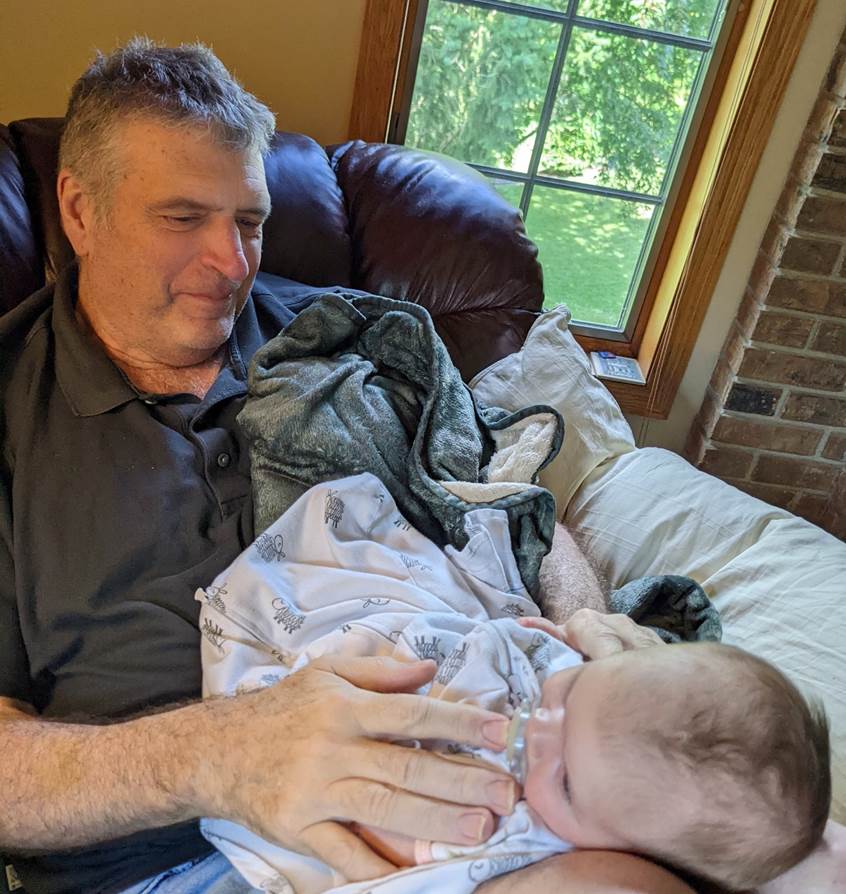Friday April 21, 2023, 11 am -12 pm central time
View the recording of the seminar here: https://uicapture.hosted.panopto.com/Panopto/Pages/Viewer.aspx?id=8051a43b-dded-48cb-9c4d-afeb0120f98c
Disaster Preparedness and Response: Opportunities for a Community Engaged Approach
Panelists
Sato Ashida, PhD, Department of Community and Behavioral Health, University of Iowa
Jennifer Horney, PhD, MPH, Department of Epidemiology, University of Delaware
Jason Taylor, Executive Director of Bur Oak Land Trust
https://uiowa.zoom.us/j/91248514871
This event is part of our Toxicology Research seminar series

 1994. He joined the UI faculty in 1998. He recently retired as a Professor from the University of Iowa’s College of Public Health with appointments in the Department of Occupational and Environmental Health and Department of Epidemiology.
1994. He joined the UI faculty in 1998. He recently retired as a Professor from the University of Iowa’s College of Public Health with appointments in the Department of Occupational and Environmental Health and Department of Epidemiology.